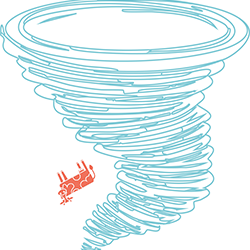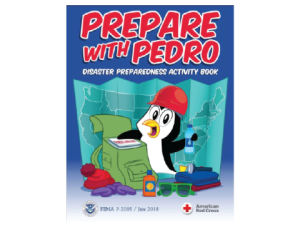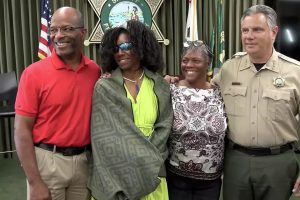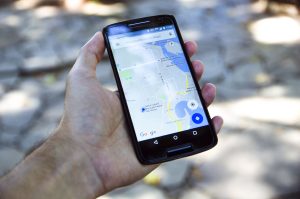I’m pretty fortunate these days in that I have a little extra space to store extra food and a little extra money to stock up. But it wasn’t always that way. In fact, when I had kids it was even more important to make sure I prepared for poverty and a dry bank account.
It stands to reason if you have food in the house you may not go to the store as often. You might be able to eat healthier food as well.
Try and have 1-6 months of food stored in your home.
Don’t buy food you don’t normally eat. If your family eats burgers and pizzas regularly, A lock down may not be the time to try that fancy lentil curry recipe you’ve been wanted to try. Keep it simple. Don’t expect people to be reasonable. Do your best with your wacky family.
Rotate the food you’ve stored up as you eat it.
Disaster food kits are expensive and will probably expire before you need it.
MRE’s are great for a disaster shelter before the kitchen gets set up, not so much for home preparedness.
Dehydrated food may have a place in your disaster kit. Think freeze dried ice cream for someone who wont eat anything but ice cream. Come to think of it, it might be good for us all when under stress.
Stretch your budget while preparing to shelter in place.
Rice*
Surprisingly, When there was three of us we would go thru 50lbs in a couple of years. I don’t want to do the math on this, I’m, not really sure how long it took to use it up, it doesn’t matter because rice doesn’t go bad easily, Uncooked white rice can last indefinitely when stored properly. It’s also the filler for a vegetable and protein meal. Grab as much rice as you can afford and keep it in a way where it wont get wet in a flood or infested by vermin.
We found these storage bins for $9.97 from Walmart
I’m not sure how much rice is going for at the local Costco, it’s gotten pricey, but still available at the dollar more or less store and your local grocery in small bags.
Use up the fresh stuff first after a disaster.
Boil Chicken in salted water until cooked, 45 minutes or so and Pull out the bones. As long as you keep an eye on the pot and don’t let it boil dry or burn it’s hard to mess up. Serve over rice.
Add seasoning and/or vegetables
- Garlic powder or garlic*
- Onion powder or onions*
- Celery
- Bell peppers
- Lemon juice*
- Corn starch* mixed with water and used for thickening
- Canned* or frozen veggies*
- *Dry or *canned beans
- Any vegetable actually, the more veggies you add to more stew you have.
Cook hamburger in a pan, drain the grease, add beans, tomato sauce and veggies.
Try Korean army stew. - Canned fish*
- peanut butter* and jelly*
- oatmeal*
- dry* or shelf stable milk*
 Ramen*
Ramen*
Like rice, ramen can make a meal with canned veggies, or use up stuff from the freezer in a power outage. It’s easy to cook as well on a busy school night.
- Pasta*
- Tomato sauce*
- Seasonings*
*look for this at the dollar, more or less store.
Seal up bags with a Use a hair straightener
Use a hair dryer as a vacuum sealer
Note: Don’t try to preserve cooked food this way. Only things dry ingredients you don’t want to get wet in a disaster.



 Children
Children

